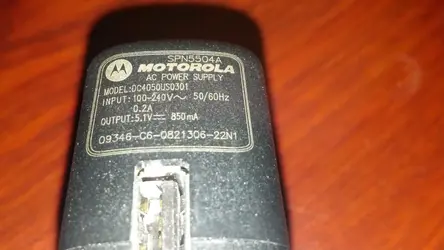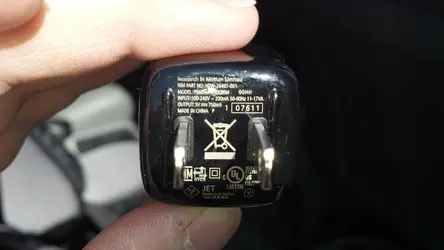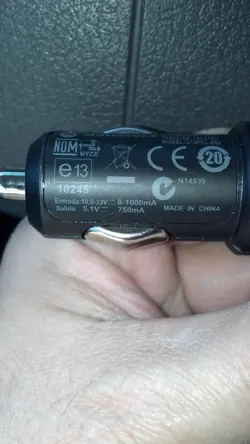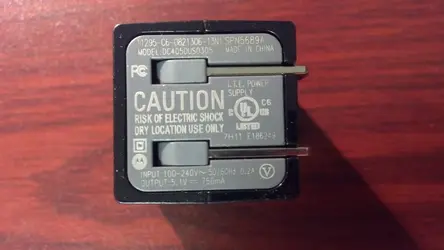Actually most cell phone chargers that are designed for Lithium Ion batteries are charging at about the same output. For example, the charger for the Droid RAZR which is a 1,780mAh battery has an output of 850mAh, and the charger for the Droid RAZR MAXX which has a 3,300mAh battery (nearly twice the size), has an output of 750mAh. In other words, it doesn't really matter what the battery size is, nor does the battery size dictate the charger output.
What does dictate the charger output is what the manufacturer feels is the best charging rate to both give a charge in a reasonable timeframe, and yet not severely reduce the battery's usable lifespan. Charging LI batteries, and namely the batteries in our phones too fast causes stress to the batteries that shortens the number of charges they can take over time and that can mean a battery that doesn't last as long as the phone's targeted lifespan.
In short, use the charger that came with the phone if you want the battery to last the expected 2 years for the phone. If you do charge with an adapter that puts out more current, you will find that your phone will not last as long with each charge as the phone starts getting older.
Here's 5 different chargers, two Moto wall chargers and one Blackberry, and an Apple iPhone charger. The iPhone charger puts out 1,000mAh (1 Amp), the Moto charger for the RAZR (Not the MAXX) puts out 850mAh, the MAXX charger puts out 750mAh, the Blackberry charger puts out 750mAh, and the car adapter (Motorola Rapid Charger Auto Adapter) puts out 750mAh, same as the RAZR MAXX and Blackberry chargers. You might ask why the RAZR charger puts out 850mAh and the MAXX charger actually puts out LESS. Well the answer is that Motorola wanted the battery to last longer in the MAXX, probably figuring the phone will likely be a longer lasting product, meaning people will tend to keep it longer, so the battery needs to remain serviceable for at least 2 years, possibly longer.










